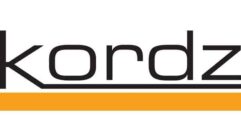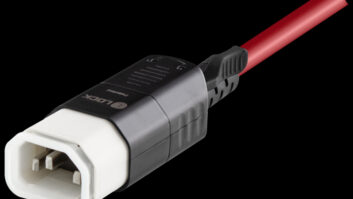USING VALUE to outmaneuver your competition
Nov 1, 2000 12:00 PM,
Alan Kruglak
If you walked up to someone on the street and asked what the world’s greatest invention was, one of the most frequent answers would be Ron Popiel’s Spray-On Hair. Although it is hard to believe, he has sold more than $24 million of that stuff. It’s enough to make you sit down and wonder why you are busting your rear-end to make money in the contracting business. In my opinion, Popiel’s invention is not great; it just supports the thesis that you can sell anything as long as it’s packaged properly.
If you look at all of the great inventions throughout recorded history, most of you will agree that the single most important invention that has had the biggest impact on our lives is the concept of money. Whether coin or paper, money can be defined as portable, take-it-with-you wealth. It’s much better than the old days when livestock was the measure of a person’s wealth. Can you imagine going to Best Buy to make a purchase with a flock of 40 sheep trailing behind, let alone cleaning up after them? It would create an entirely new meaning for the words “service contract.”
Money’s greatest use has been the replacement of the barter system with a quantifiable method of assigning value to a specific product or service. Because every product has a specific measurable value, then it can be purchased with a specific amount of money. As a result, trade between people, cities and states has not only been made much easier, but has flourished.
The use of money to assign value for products works especially well in many cases. For instance, money works as a measure of value when purchasing commodity products like a bottle of soda, a gallon of water or even a barrel of oil. It’s easy to understand – commodity products are well-defined, and the buyer knows exactly what he is buying. Even with today’s wild fluctuations in the price of oil, the buyer knows the physical properties of oil and can assign a specific monetary value even though he may not like the assigned value that the market places on the product.
Adding value to integrated systemsWhat happens with products that are not well-defined commodity products, such as integrated systems? Although the real value of an integrated system should be measurable in monetary units, this is usually not the case for two reasons. First, many contractors fail to identify the key features that not only differentiate their system from the competition, but also convey the concept that the proposed solution is an integrated system, not an assembly of independently purchasable commodity components. The last thing you want a prospect to do is start comparing the prices of specific common components of your solution with your competitors.
The second reason is that the client doesn’t understand how your solution represents a greater value than those offered by your competitors, no matter what the price. For many contractors, and I know from personal experience, the story is the same: We perform a data dump of information about our company and solution and assume the client can wade through the deluge and assign a reasonable monetary value. Unfortunately, because the client can’t easily understand the difference, he usually takes the path of least resistance – distill everything to the lowest bid price.
The challenge for system integrators is not only to win more projects, but also to increase gross margins during the sales process. One way to accomplish this goal is to increase the client’s perceived value of your solution.
Whether you’re selling residentially or commercially, the client’s major concern is risk – risk that you won’t be able to do the work satisfactorily, risk that your post-sales service work is lacking, risk that he’ll be neglected after the order has been signed. As a result, any feature that reduces a client’s risk, whether real or perceived, increases your chances of winning the project and affords you the ability to charge more for your products and services. Your job is to identify those features and express them to the client.
Although there is no limit on the types of features used to reduce risk and increase value, some critical ones we used at my integration company included reference letters and service agreements.
One innovative way to highlight your track record is to hand out copies of reference letters during client presentations, enabling clients to touch the companies you’ve successfully worked for. People receive information through all of their senses, and once they touch a reference letter, they are more likely to keep it in their memory and attach a higher value than if the letter is buried in the appendix of your proposal.
Clients rightly assumed that if we did a good job for another company, we could do a good job for them. It was just another way to reduce the perceived risk around their decision-making process.
Post-sales service support is always a big concern for most buyers. Unfortunately, most integrators assume that the client understands the difference between your company’s service and your competitors’. They don’t. Using our service agreement as a key competitor-killing feature, we developed guarantees on both response times and problem resolution. By adding free loaners and guaranteeing minimum system down-time, we were able to reduce our client’s risk and increase the real value of our entire solution. This helped us significantly increase our close rate as well as our gross margins.
There is no limit to the number and types of features you can build into your company to increase the value you provide to your client. As long as you focus on risk reduction as a key indicator of increasing value, you’ll win more projects as well as increase profits. Unlike Popiel’s hair product, adding value with integrated systems doesn’t wash off in the shower, and it will ultimately become your company’s defining mark.










